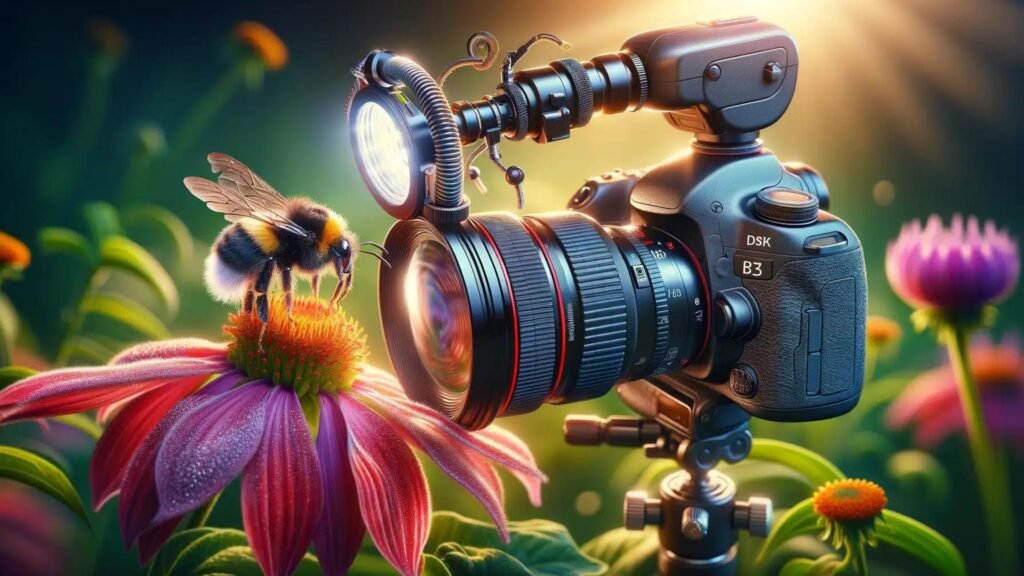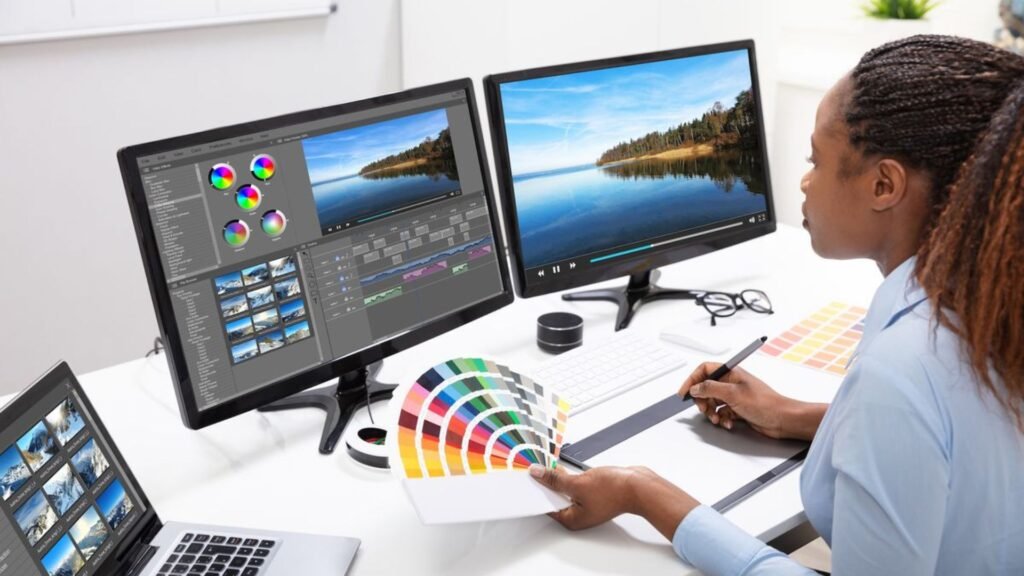Jul 3, 2024
Tips for Enhancing Detail in Macro Photography Editing
Macro photography allows you to capture intricate details of small subjects that are often unseen by the naked eye. Enhancing these details through editing can significantly elevate the quality and impact of your macro shots.

Understanding Detail Enhancement in Macro Photography
1. Shoot in RAW
- Capture Details: RAW files retain more information and allow for greater flexibility in editing, preserving intricate details.
2. Adjust Contrast and Sharpness
- Contrast Enhancement: Increase contrast slightly to make details pop without losing natural tones.
- Sharpness: Use selective sharpening tools to enhance fine details without over-sharpening, which can create noise.
3. Use Clarity and Texture Tools
- Clarity: Enhance mid-tone contrast to bring out details in textures like fur, feathers, or skin.
- Texture: Increase texture selectively to emphasize surface details without affecting other areas.
4. Focus Stacking
- Technique: Combine multiple images focused on different parts of the subject to achieve a greater depth of field and sharper overall detail.
- Software: Use specialized software like Adobe Photoshop or Helicon Focus for seamless focus stacking.
5. Adjust White Balance and Color Vibrancy
- White Balance: Correct colors to ensure accurate representation of details and enhance overall image quality.
- Color Vibrancy: Increase vibrancy or saturation selectively to make colors pop, highlighting intricate details.
6. Reduce Noise
- Noise Reduction: Use noise reduction tools effectively to maintain detail in areas prone to noise, such as shadows or smooth textures.
7. Utilize HDR Techniques
- High Dynamic Range: Combine multiple exposures to capture details in both shadows and highlights, ensuring a balanced and detailed image.
Choosing the Right Editing Software
Selecting the right editing software is crucial for effectively enhancing details in macro photography. Look for programs that offer advanced tools for sharpness, clarity, and color adjustment.
Conclusion
Mastering the art of enhancing detail in macro photography editing requires a combination of technical knowledge and creative skill. By following these tips and techniques, you can elevate your macro shots to showcase intricate details that captivate viewers and bring your subjects to life.
Experiment with different editing tools, practice focus stacking for maximum sharpness, and fine-tune color adjustments to create stunning macro photographs that highlight the beauty of small-scale subjects. With patience and practice, you’ll enhance your macro photography editing skills and produce images that stand out with exceptional detail and clarity.
More Details








